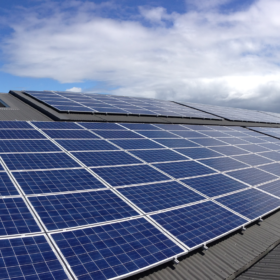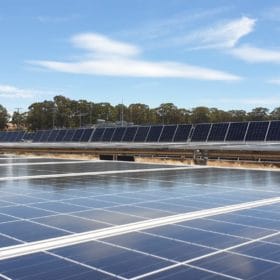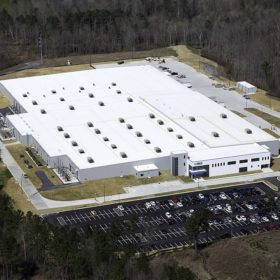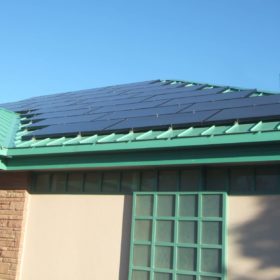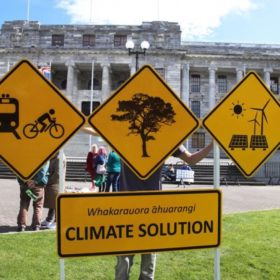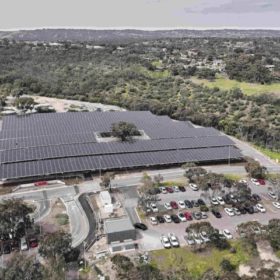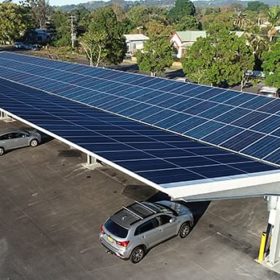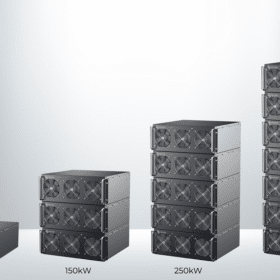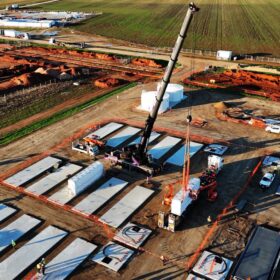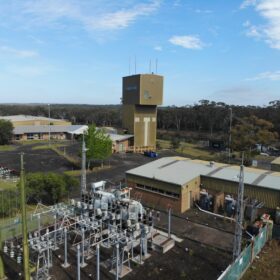Analyst warns large-scale market could slow record growth
Australia’s embrace of solar PV continues to scale new heights but industry consultancy SunWiz has issued a word of caution, suggesting “increasing headwinds in the industry” could curtail growth in 2021.
Glenrowan West Solar Farm live after first export
Victoria is set to welcome another large-scale solar farm to the grid with the 149 MWp DC Glenrowan West facility moving into the final phase of construction.
Q Cells Australia extends reach across Tasman
The Australian arm of South Korean solar technology giant Hanwha Q-Cells has extended its reach, launching into the New Zealand energy market.
Flexible heat pumps ideal for power grids congested by solar and wind
Dutch transmission system operator Tennet, which also serves Germany, is planning to create flexible electricity demand and reduce grid congestion by promoting the use of smarter heating systems and heat pumps that can also be powered by solar and wind energy. According to its experts, intelligent control of heat pumps may result in the creation of between 0.5 and 1 GW of temporary grid flexibility by 2030.
Climate Change Commission calls on New Zealand government to take ‘immediate and decisive action’ to cut emissions
New Zealand’s Climate Change Commission today released its long-anticipated advice to the government on how to reshape the economy to meet the country’s domestic and international climate change obligations. The document sets out three emissions budgets, covering 15 years to 2035 in five-yearly plans. It also provides advice on the direction policy should take to achieve the country’s 2050 net-zero goal.
How to cut emissions from transport: ban fossil fuel cars, electrify transport and get people walking and cycling
For the transport sector, which is responsible for half of New Zealand’s energy-related emissions, the commission suggests a sweeping set of changes to electrify the country’s car fleet and to replace imported fuels with local renewable electricity. It’s exciting to see a national-level plan that actually cuts emissions. But it raises two questions: is it feasible, and is it the best or only option?
Swinburne researchers’ novel catalyst to produce green hydrogen from seawater
Researchers from Swinburne University and China’s Shaanxi Normal University have managed to develop a novel catalyst for highly efficient production of green hydrogen from seawater via solar. This catalyst, which required researchers to invent a prototype device called a ‘Ocean-H2-Rig’, highlights the potential of this technology and that we are only just now starting to scratch the surface.
Adelaide university now 100% powered by local renewables
Flinders University in Adelaide has announced its campuses and facilities are now officially 100% powered by renewable energy from campus-based solar arrays and a local wind farm.
Solar-loving town to construct PV carpark shade with federal grant money
New South Wales’ Lismore City Council will construct a carpark solar shade structure and an electric vehicle charging station funded through a Federal Government grant.
Rectifier unveils EV charging converter said to remedy manufacturers’ ‘pain points’
Australia’s Rectifier Technologies has unveiled its latest electric vehicle charging technology, which the company says is flexible, reduces grid stains and opens the door to High Powered Charging in urban areas.
